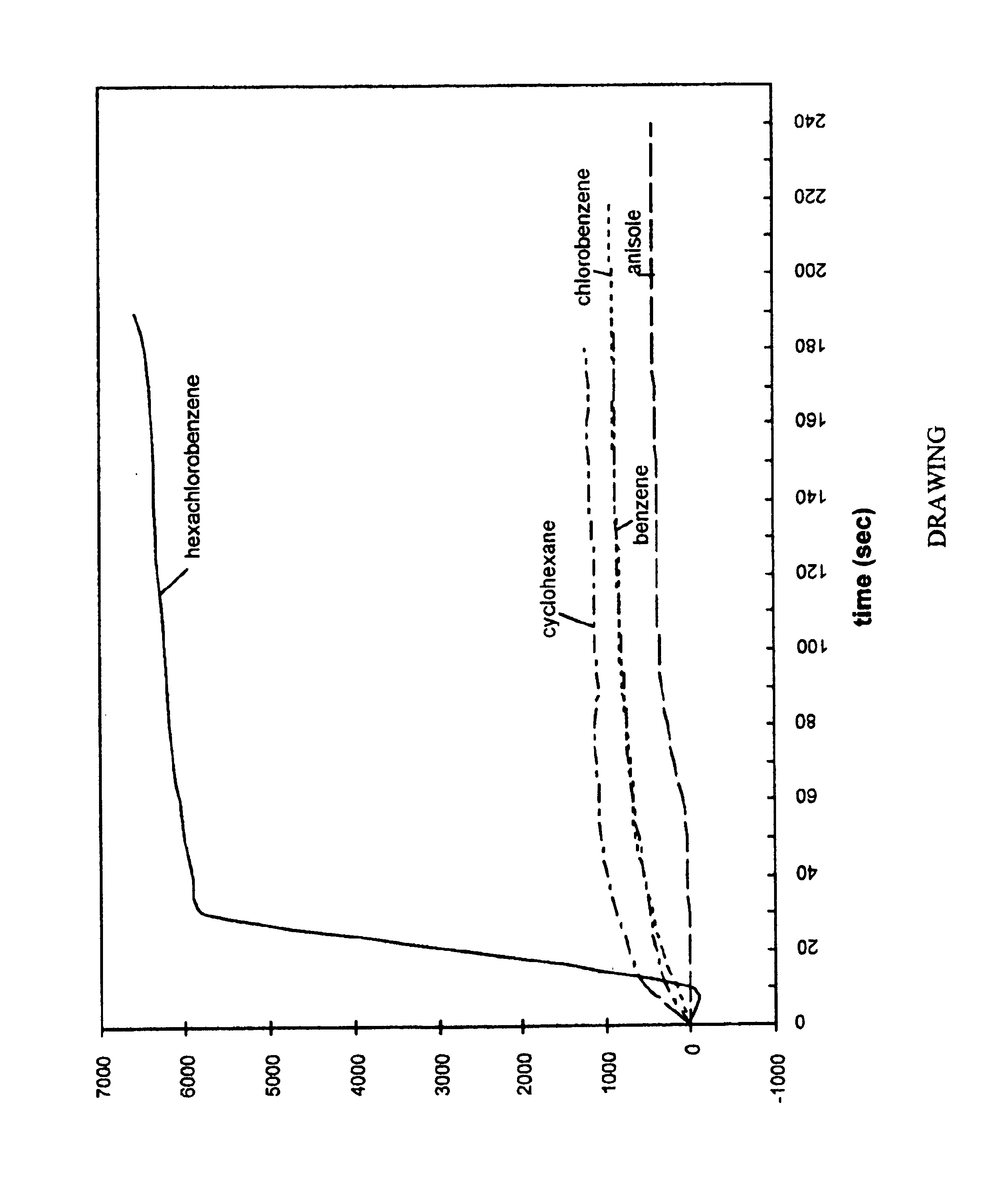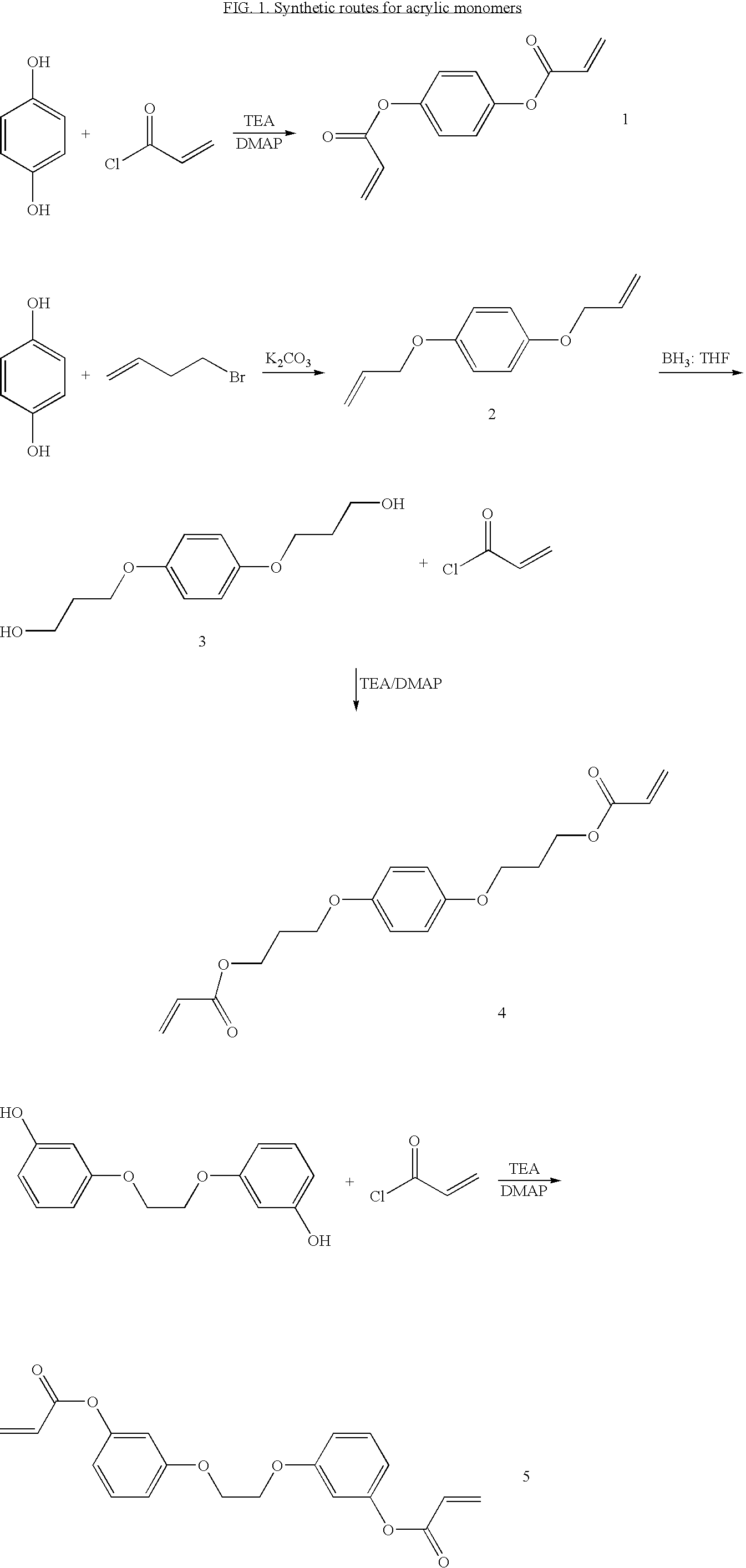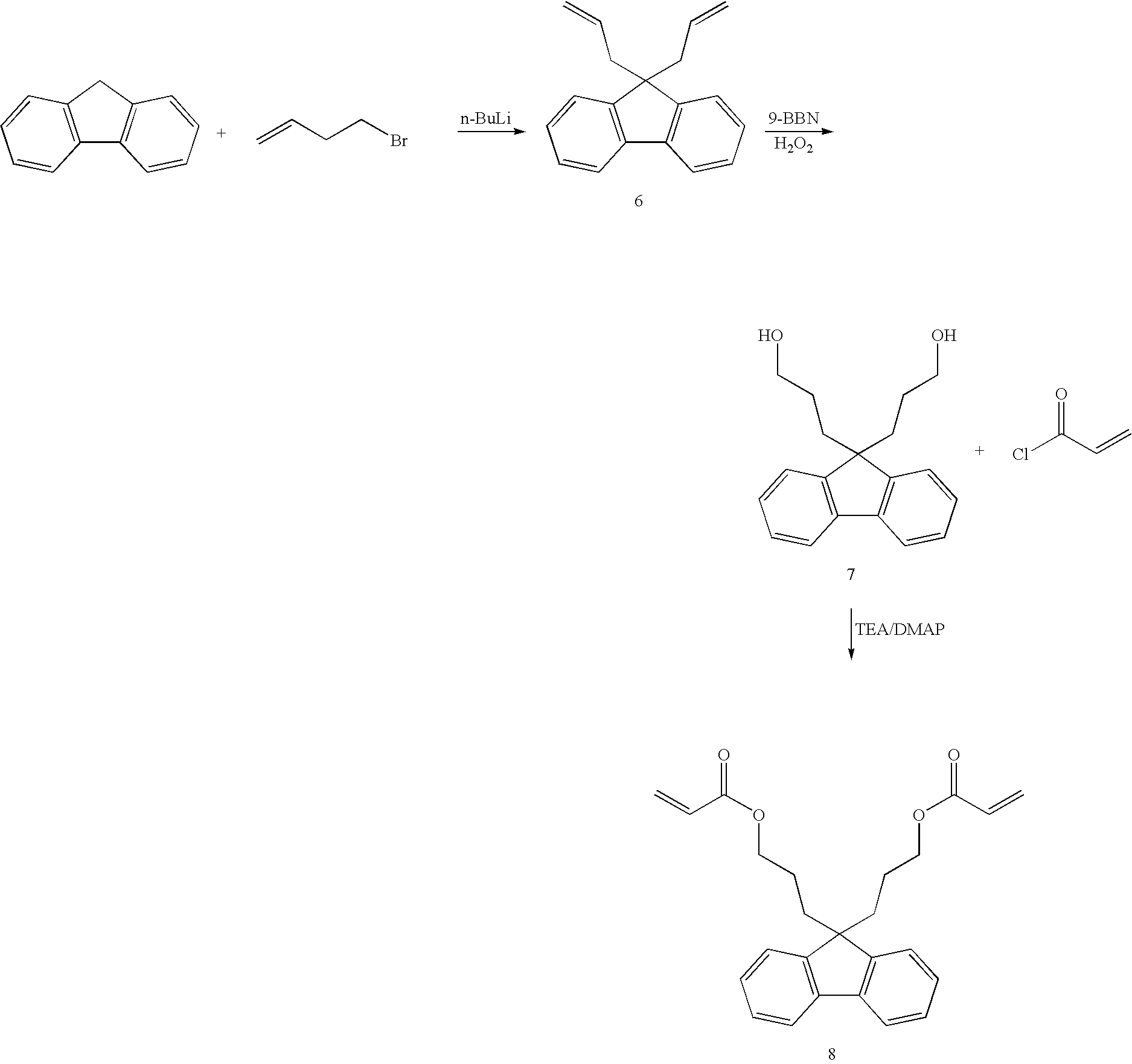MIP/QCM sensors for high sensitivity-fast sensing of small molecules in solution
a technology of small molecules and sensors, applied in the field of molecular imprinting polymers (mips), to achieve the effect of high sensitivity and fast sensing
- Summary
- Abstract
- Description
- Claims
- Application Information
AI Technical Summary
Benefits of technology
Problems solved by technology
Method used
Image
Examples
Embodiment Construction
[0014]As disclosed in the incorporated '684 patent at column 4, lines 57-65, an apparatus for the continuous monitoring of contaminants in solution includes a conduit into which an ion collection portion is disposed, a sensor that senses ions collected on the ion collection portion and sends a signal corresponding to a value of a predetermined property of the ions, and a microprocessor in communication with the sensor and programmed to process the signal and determine the presence of the at least one contaminant based upon the processed signal.
[0015]In preferred embodiments of the present invention, QCM sensors are used to detect the collected molecules and ions. Said molecules are attracted to the QCMs by molecularly imprinted polymers programmed to recognize the specific molecules. The collection and recognition of these molecules is then translated into a signal that a microprocessor interprets as the presence of specific contaminants.
[0016]The first phase of the invention is mon...
PUM
| Property | Measurement | Unit |
|---|---|---|
| conductivity | aaaaa | aaaaa |
| frequency shift | aaaaa | aaaaa |
| concentration | aaaaa | aaaaa |
Abstract
Description
Claims
Application Information
 Login to View More
Login to View More - R&D
- Intellectual Property
- Life Sciences
- Materials
- Tech Scout
- Unparalleled Data Quality
- Higher Quality Content
- 60% Fewer Hallucinations
Browse by: Latest US Patents, China's latest patents, Technical Efficacy Thesaurus, Application Domain, Technology Topic, Popular Technical Reports.
© 2025 PatSnap. All rights reserved.Legal|Privacy policy|Modern Slavery Act Transparency Statement|Sitemap|About US| Contact US: help@patsnap.com



